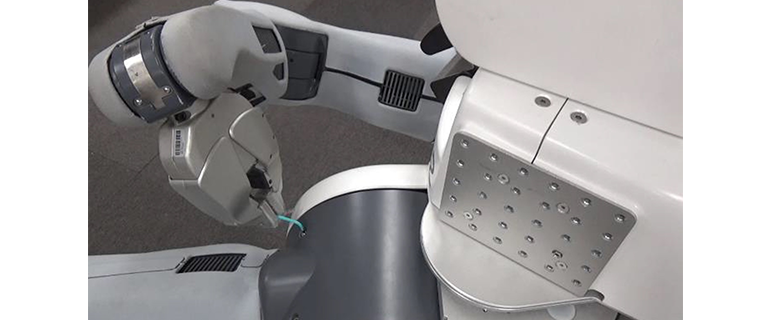Japanese Researchers Teaching Robots to Repair Themselves
When mobile manipulators eventually make it into our homes, self-repair is going to be a very important function. Hopefully, these robots will be durable enough that they won’t need to be repaired very often, but from time to time they’ll almost certainly need minor maintenance. At Humanoids 2019 in Toronto, researchers from the University of Tokyo showed how they taught a PR2 to perform simple repairs on itself by tightening its own screws. And using that skill, the robot was also able to augment itself, adding accessories like hooks to help it carry more stuff. Clever robot!
To keep things simple, the researchers provided the robot with CAD data that tells it exactly where all of its screws are.
At the moment, the robot can’t directly detect on its own whether a particular screw needs tightening, although it can tell if its physical pose doesn’t match its digital model, which suggests that something has gone wonky. It can also check its screws autonomously from time to time, or rely on a human physically pointing out that it has a screw loose, using the human’s finger location to identify which screw it is. Another challenge is that most robots, like most humans, are limited in the areas on themselves that they can comfortably reach. So to tighten up everything, they might have to find themselves a robot friend to help, just like humans help each other put on sunblock.
The actual tightening is either super easy or quite complicated, depending on the location and orientation of the screw. If the robot is lucky, it can just use its continuous wrist rotation for tightening, but if a screw is located in a tight position that requires an Allen wrench, the robot has to regrasp the tool over and over as it incrementally tightens the screw.
Go to IEEE The Institute to read the complete article.







